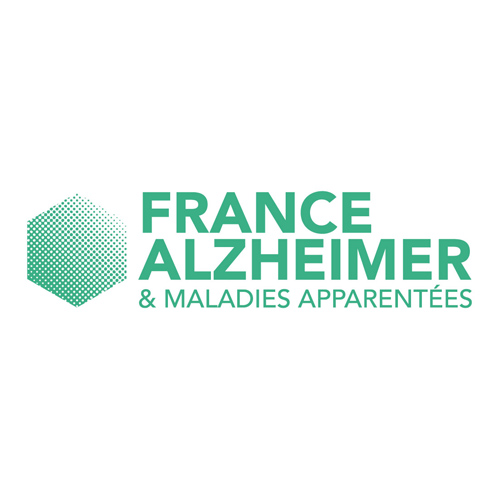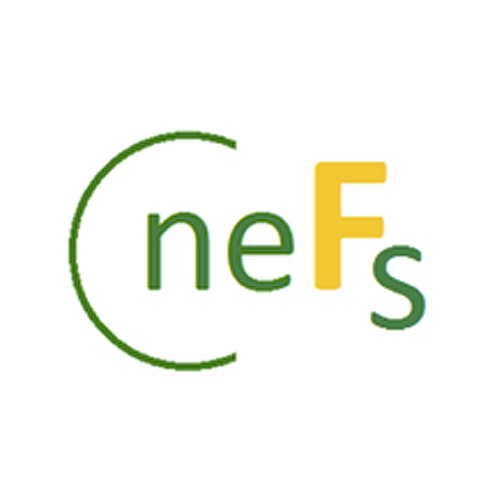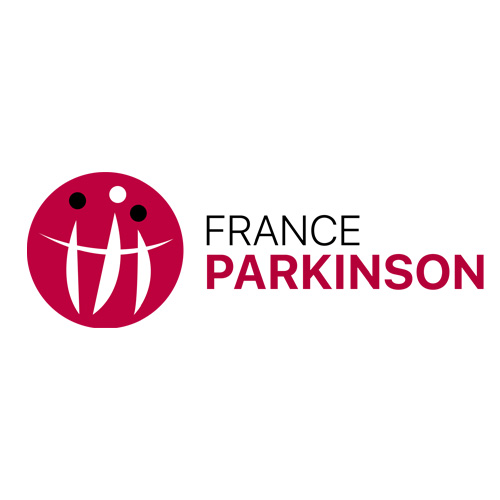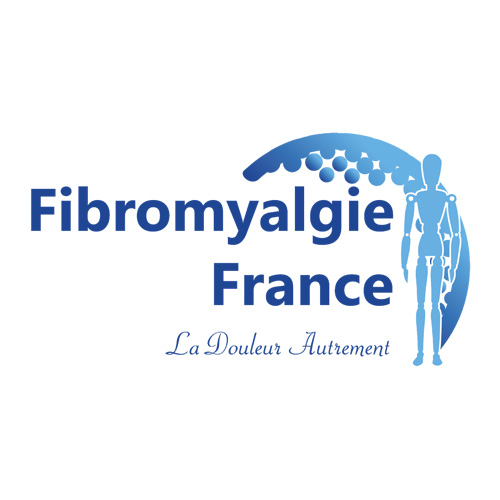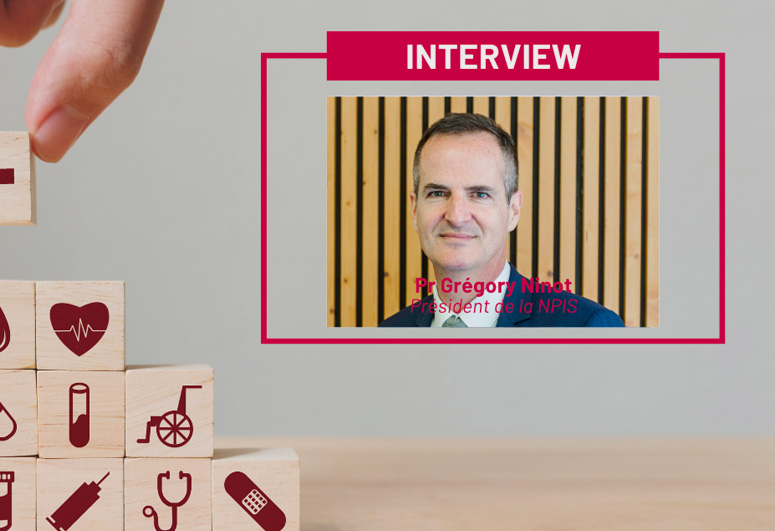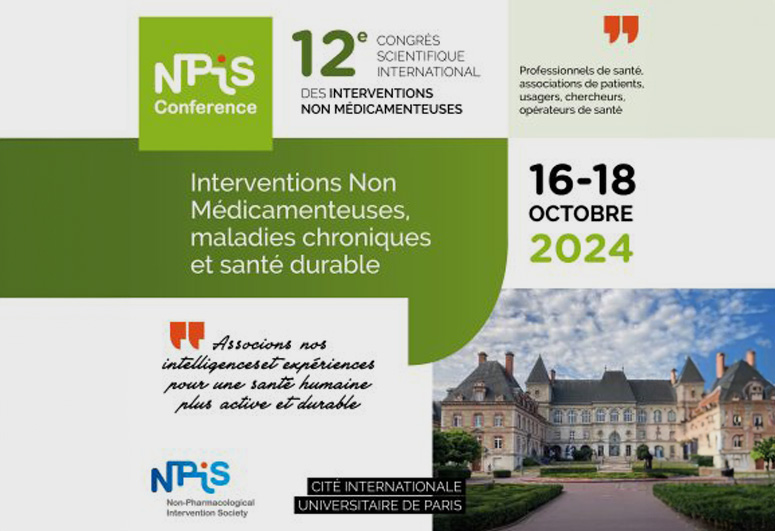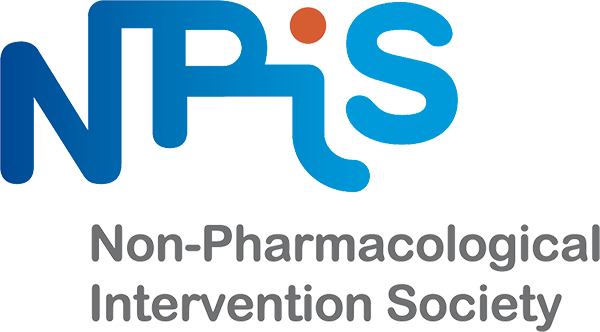What's an NPI ?
The NPIS Registry: why ?
Who is this platform for?
-
I am a citizen, a patient, a caregiver or a professional on a first visit

-
I will be able to easily find information on interventions that are actually INMs. I will also be able to provide feedback on usage. If I want to go further, I will be directed to the conditions for accessing all the data and features of the INM Repository.
-
I am a healthcare professional wishing to access all INM files

-
I will be able to find complete information on INM protocols to deepen my knowledge and practices. I will be able to provide feedback on use.
-
I am a representative of an authority, institution or organization related to health

-
If my practice organization is a partner of the NPIS, I will be able to access all the data and functionalities of the INM Repository.
-
I would like to submit a proposal for a new INM in the Repository

-
If my project meets the definition of an INM and if it is sufficiently supported by scientifically conducted studies, I will be directed to a form which will allow me to write the INM file relating to my project.
-
I am an expert selected under the INM file validation procedure

-
If I have received an email from NPIS accrediting me as an Expert in a defined field, I will be able to register to participate in the expert procedure for which I have been requested.
Become a Submitter
Learn more about NPIS and NPI :
NPIS Questions and Answers
-
Is the NPIS Registry a tool for combating misinformation in the field of health?

-
Indeed, the NPI Registry contributes to the development of precision medicine. For example, how can we advance this field in the non-pharmacological treatment of pain without confusing patients when a prestigious medical school like Stanford publishes such a vague, incomplete, and unranked list on its website?
- Physical activity
- Acupressure
- Acupuncture
- Application of heat or cold
- Aquatherapy
- Art therapy
- Biofeedback
- Family coaching
- Individual coaching
- Psychological conditioning
- Desensitization
- Therapeutic education
- Occupational therapy
- Horticultural therapy
- Hypnosis
- Physiotherapy
- Massage lotions
- Meditation
- Music therapy
- Posturology
- Companion presence
- Psychosocial support
- Transcutaneous electrical nerve stimulation (TENS)
- Comfort therapy
- Theatre therapy
- Psychosocial therapy
- Tonification and strengthening
- Yoga
How many hopes dashed? How much time wasted? How many futile efforts? How much money squandered? How many unnecessary carbon emissions from transport? This subtly highlights pharmacological treatments and pain surgeries, which have precise contents and proven effects. The NPIS and its partners propose a solution to break this deadlock in favor of those affected by health issues. The goal is to provide reliable information on the most relevant NPI. It is also about no longer opposing pharmacological and non-pharmacological therapies, but rather associating them wisely and at the right time.
-

-
PSYCHOSOCIAL DOMINANCE
Psychotherapies:
- Cognitive Stimulation Therapy for memory strategies in Alzheimer’s disease in 14 sessions by a psychologist in a healthcare facility, health center, or private practice.
- Mindfulness Based Stress Reduction (MBSR-BC) program against anxiety during cancer treatments in 8 group sessions by a clinical psychologist, psychiatrist, or physician in an oncology department, a patient association, a private practice, a health center, or a healthcare facility.
- Acceptance and Commitment Therapy for chronic pain in 9 group sessions by a clinical psychologist or psychiatrist in a healthcare facility, health center, or private practice.
- Cognitive Behavioral Therapy for Insomnia (CBT-I) in 6-8 individual sessions, either remote or in-person, by a neuropsychologist, clinical psychologist, psychiatrist, or neurologist in a healthcare facility, health center, or private practice.
- Now I Can Do Heights program using virtual reality to treat acrophobia (fear of heights) by a clinical psychologist or psychiatrist in a private practice or health center.
Health Prevention Programs:
- Living Well with COPD therapeutic education program against symptoms and exacerbations of COPD over 2 months with 4 sessions, in-person or remote, by a nurse, physician, or pharmacist in a healthcare facility, health center, or private practice.
- CHESS Method (Chronic Headache Education and Self-management) for migraine self-management by a nurse or physician in a healthcare facility, health center, or private practice.
- MyFriend Youth Program for preventing anxiety and depression among students aged 12 to 15 years, 10 sessions by a school psychologist or school nurse in an educational institution.
- Spiegel Hypnotherapy Method specialized in smoking cessation in 3 sessions by a psychologist, nurse, physician, or hypnotherapist in a private practice, healthcare facility, health center, or private practice.
- Cognitive Behavioral Therapy for Depression (CBT-d) by a clinical psychologist or psychiatrist in a healthcare facility, health center, or private practice.
CORPOREAL DOMINANCE
Physiotherapy Protocols:
- McKenzie Method for back pain by a physiotherapist in a healthcare facility, health center, or private practice.
- Pelvic Floor Muscle Training (PFMT) program by a midwife or physiotherapist in a health center or private practice.
- Rehabilitation program following hip prosthesis in 6 to 10 sessions by a physiotherapist in a healthcare facility, health center, or private practice.
Adapted Physical Activity Programs:
- Dance Therapy for Parkinson’s Disease addressing psychological symptoms of Parkinson’s by a physical activity instructor in a healthcare facility, health center, or private practice.
- Re-exercise program at ventilatory threshold against dyspnea caused by COPD by a physical activity instructor or physiotherapist in a healthcare facility, health center, or private practice.
- Anti-fatigue APA program during treatments for breast, prostate, or colon cancer by a physical activity instructor in a healthcare facility, health center, or private practice.
Thermal Treatments:
- Specialized thermal cure for gonarthrosis by a physiotherapist or thermal agent in a thermal facility.
NUTRITIONAL DOMINANCE
- Gluten-free diet for celiac disease by a dietitian in a healthcare facility, health center, or private practice.
- FODMAP diet for gastrointestinal disorders by a dietitian in a healthcare facility, health center, or private practice.
-
Why choose the term "professional" instead of "practitioner" in the definition of NPI?

-
In France, the term "professional" is broader than the term "practitioner," which is limited to the 24 healthcare professionals defined in the Public Health Code (CSP). For example, a clinical psychologist and a teacher in adapted physical activity (APA) are professionals who work for the health of individuals by offering NPI for preventive or therapeutic purposes, but they are not considered "health professionals" in the strict sense of the CSP. Some professions fall under the Social Action and Families Code (e.g., specialized educator) or the Sports Code. In Europe and worldwide, the issue becomes more complex because health-related professions do not share the same designations. For instance, "masseur-kinésithérapeute" in France is referred to as "physiotherapist" in most other countries. NPI can serve as common denominators across countries, as they will have a unique code and specification sheet.
-
How to use the NPIS Registry in practice?

-
An independent healthcare professional or a multidisciplinary team from a multi-professional health center, a care network, a hospital, a medico-social establishment, a medico-educational facility, a nursing home, a prevention center, an occupational health service, a school/university service, or a palliative care service can select one or more NPI to integrate into an individual's personalized health pathway. This applies to individuals facing loss of autonomy (e.g., a frail person over 90 years old), at increased risk of illness (e.g., a smoker), living with a disability (e.g., loss of autonomy due to paraplegia), or suffering from an illness (e.g., a neurodegenerative disease). Given that health issues are now multifactorial and complex, the solutions available to improve each person's health are diverse and depend on local availability. Multiple NPI can be offered in prevention, care, and support by a physician, any authorized healthcare professional (e.g., pharmacist, nurse, midwife, physiotherapist), or a team. They are cataloged in a centralized digital platform, the NPI Registry. These NPI complement other health solutions provided at various points in a person's life journey (e.g., medication, medical devices, hospitalization, social assistance). They evolve over time based on the individual's health status, fragility, and needs (Figure 4).
-
Why not impose the randomized triple-blind trial as with medications?

-
This criterion was established for the scientific validation of medications. It is impossible to think that psychotherapy led by a psychologist or a diet plan supervised by a dietitian can be concealed from a study participant. Every effort has been made to establish the best causal link between the proposal of a practice and its effects on health, taking into account the specificities of NPI without compromising the expected rigor and ethics of health research. Our recommendations aim to minimize biases and enhance validity and reproducibility. However, this will never prevent some individuals or promoters from committing fraud. Given the lower health risks of NPI compared to rapid-action health products (such as surgery, fast-acting medications, or implantable medical devices) and their potential interest in prevention, pragmatic real-world trials or effectiveness studies best address the consideration of risks. Additionally, the evaluation of an NPI has justified conducting an implementation study within the specific country to avoid extrapolating results from one cultural context to another.
-
What are the specifications of a NPI?

-
Each NPI file in the NPI Registry has been submitted by a practitioner or researcher through the dedicated platform hosted by the NPIS. Each file undergoes review by an independent and integrated scientific committee. This committee invites relevant scientific societies and health authorities to validate the NPI files and/or to oversee the decisions made. Each validated file is then reviewed by a committee of users and professionals. Once labeled NPIS©, the file is translated into at least English and French and integrated into the NPI Registry.
The file contains standardized content supported by scientific studies that align with the NPIS definition of NPI, the expected specifications (Table 2), and the consensual evaluation framework for NPI, known as the NPIS Model. It includes a manual for professionals, an information notice for users, a section on funding options, and an area for anonymous user feedback. This ensures the file remains dynamic and part of a virtuous cycle of continuous improvement for the NPI.
A minimum of one prototypical study, one mechanistic study, two interventional studies, and one implementation study published in a peer-reviewed journal is required for an NPI proposal to be accepted by the expert committee tasked with validating the NPI file and awarding the NPIS© label. Specifically, experts must have evidence to anonymously vote on each criterion of the NPI file proposed to the NPIS by a submitter:- Described (≥ 1 prototypical study)
- Explainable (≥ 1 mechanistic study)
- Effective (≥ 2 interventional studies)
- Safe (≥ 2 interventional studies)
- Implementable (≥ 1 implementation study in the country)
A professional must understand all the specifics of the NPI, the criteria justifying its use, how to implement its protocol, whom to contact, useful tips, required materials, and any prerequisite training needed.
Our supporters
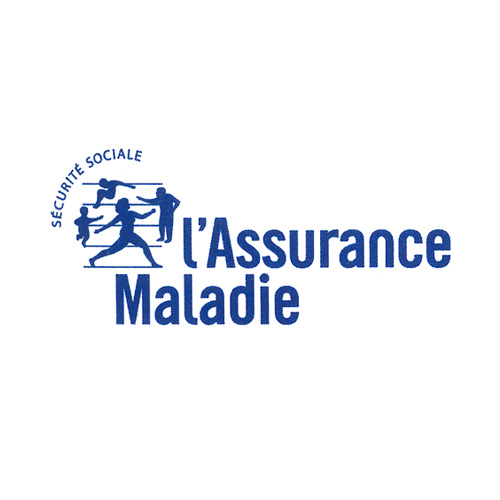
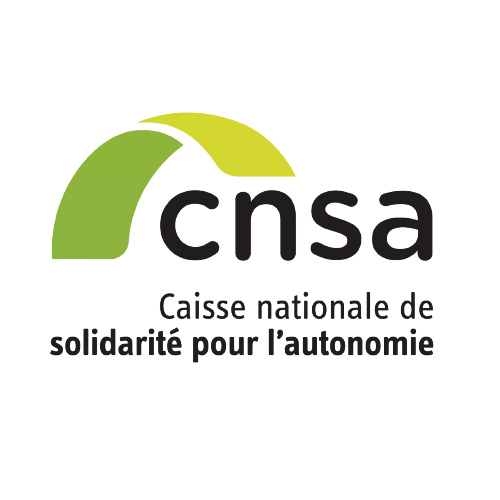
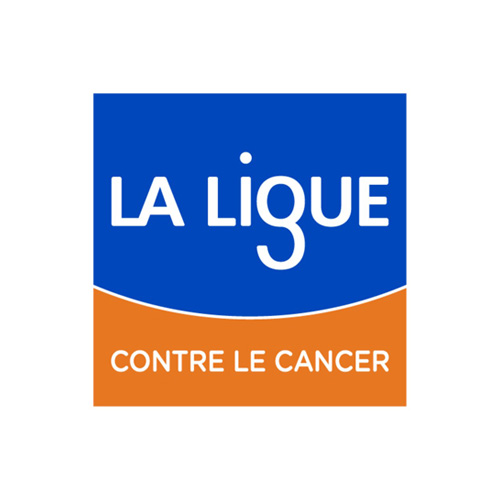
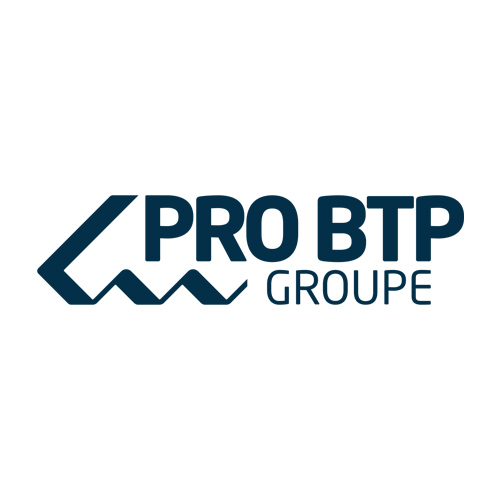

Our partners
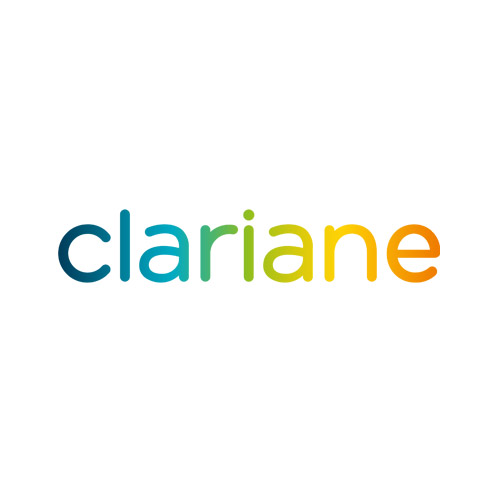

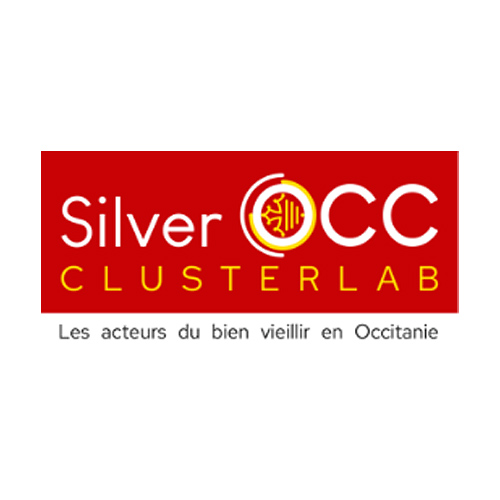
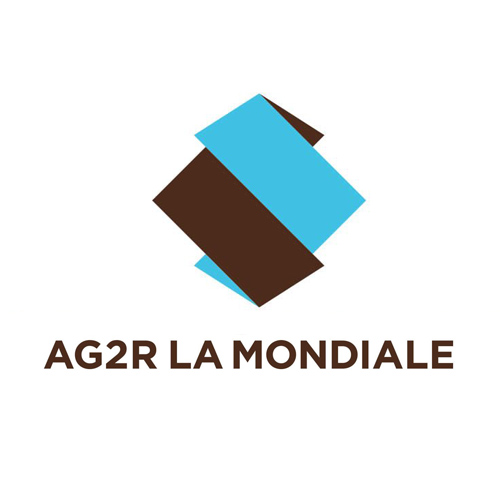
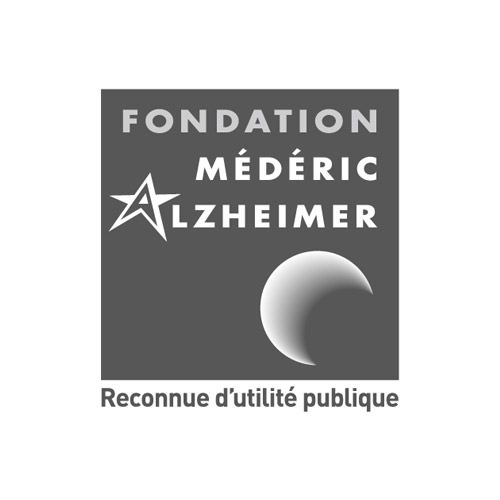
Our allies
